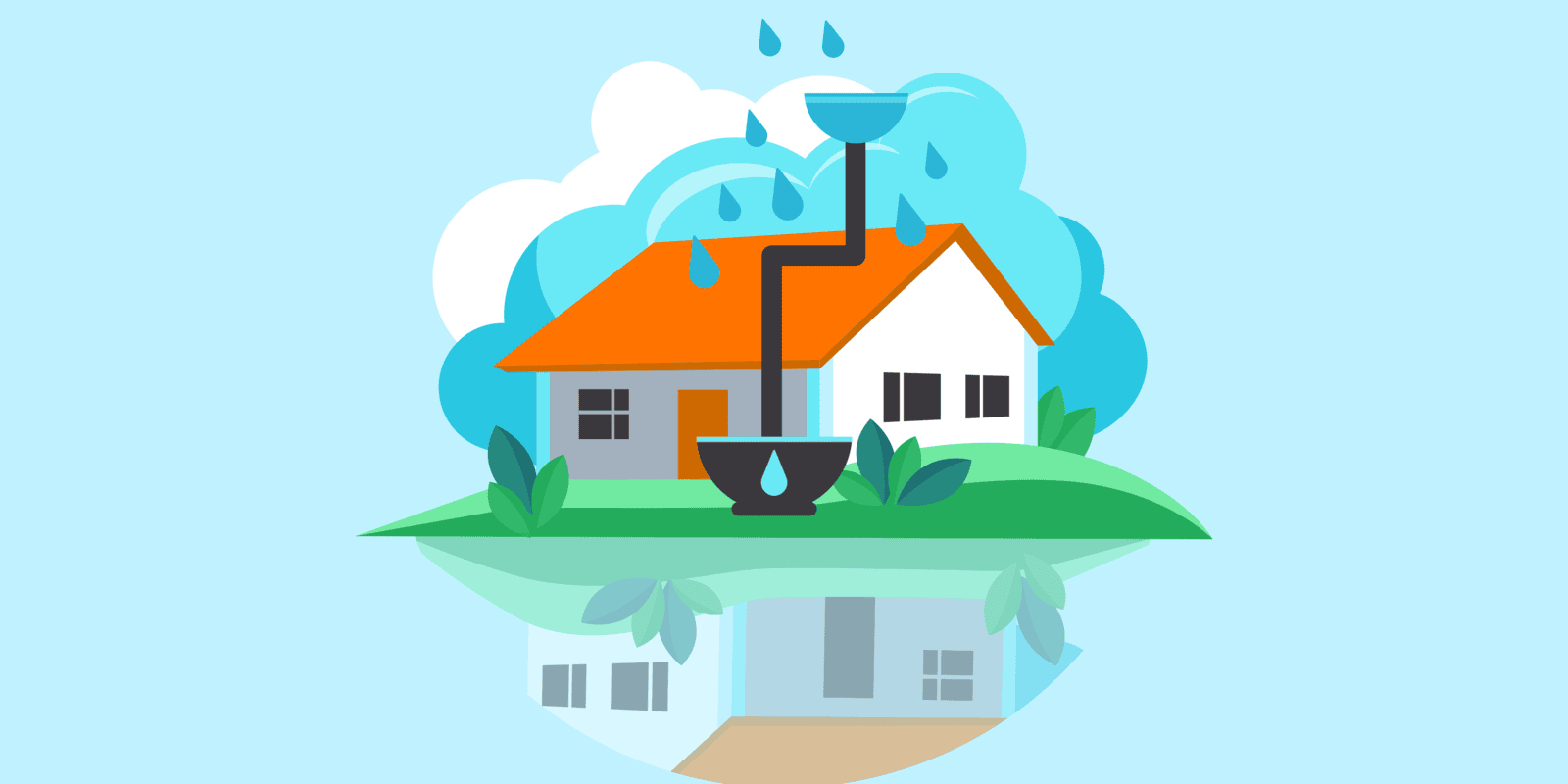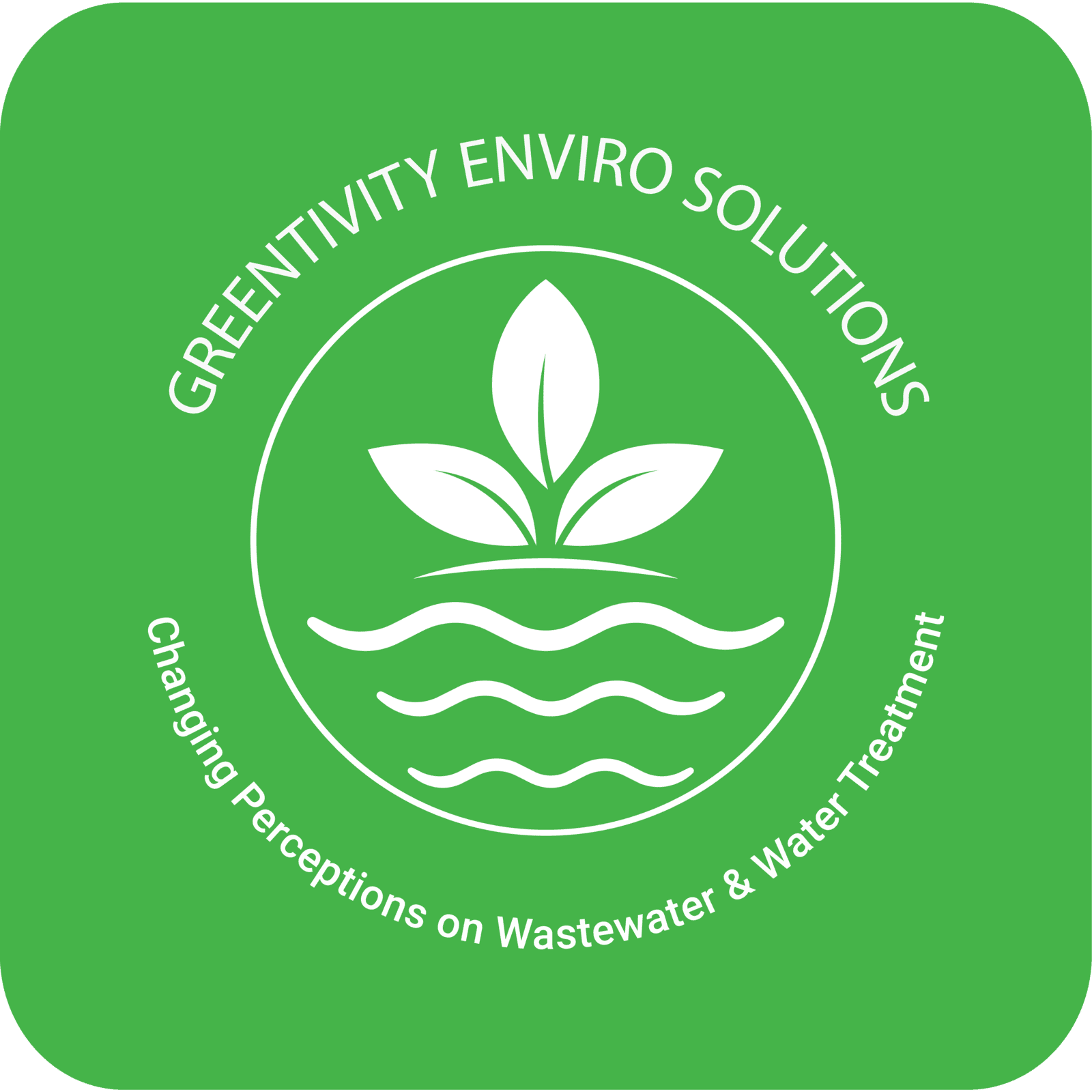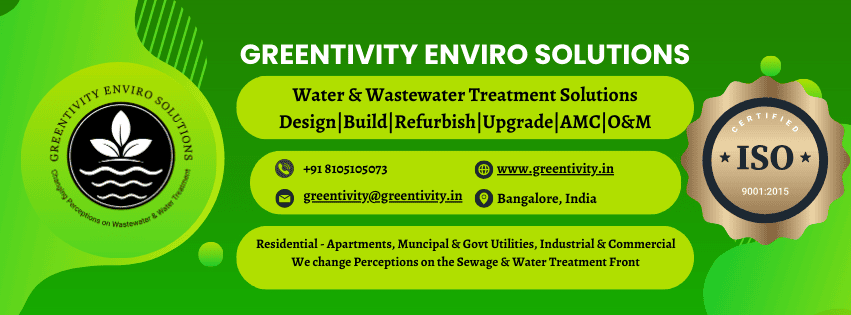Combine Rainwater Harvesting and STPs?

The ever-growing water scarcity has put communities under tremendous pressure and everyone who has felt the heat is searching for sustainable water solutions. There are two possible solutions - Rainwater Harvesting (RWH) and Sewage Treatment Plants (STPs). But can these two solutions be integrated for even greater impact? Yes, and the results are impressive. Let us explore the synergistic benefits, technical feasibility, and cost savings of integrating RWH with STPs for a truly sustainable apartment ecosystem.
1. The Case for Integration: Double the Sustainability
Complementary Systems
While rainwater harvesting collects clean water from rooftops, STPs recycle used water from kitchens, bathrooms, and toilets. Together, they form a closed-loop system that dramatically reduces dependence on municipal water supply.
Multiple Reuse Opportunities
Integrating the two means efficient water storage, treatment, and reuse throughout the year—even in dry seasons.
2. Technical Feasibility and Planning Considerations
Design Integration Points
Shared storage tanks: Some apartments design a single tank for both rainwater and treated water, with separate compartments.
Pumping systems can be automated for flow control between STP and rainwater tanks.
Space-saving underground systems are gaining popularity in urban layouts.
Planning & Compliance
“Smart integration starts with smart planning. Working with experienced STP vendors ensures long-term viability.”
3. Cost Implications and Long-Term ROI
| Sl no | Upfront Costs | Return on Investment |
| 1 | STP installation: ₹12–20 lakh for mid-sized complexes | Reduced water bills by 30–50% & tanker costs |
| 2 | Rainwater harvesting system: ₹1.5–3 lakh | Potential for green building certification, which adds value to property |
| 3 | Integration (plumbing + control systems): ₹1–2 lakh | Maintenance cost: ~₹3–5 per KL of treated water, much lower than buying water |
A Win-Win for the Planet and Your Pocket
Integrating rainwater harvesting with sewage treatment plants creates a self-sustaining, eco-friendly water management cycle for apartments. It minimizes waste, lowers water bills, and supports a greener lifestyle. Whether you’re a builder, RWA, or facility manager, it’s time to explore this high-impact solution for sustainable living.
If you are looking for a pre-monsoon audit to check your STP's preparedness to handle this monsoon, feel free to reach out to us for a free STP audit.

